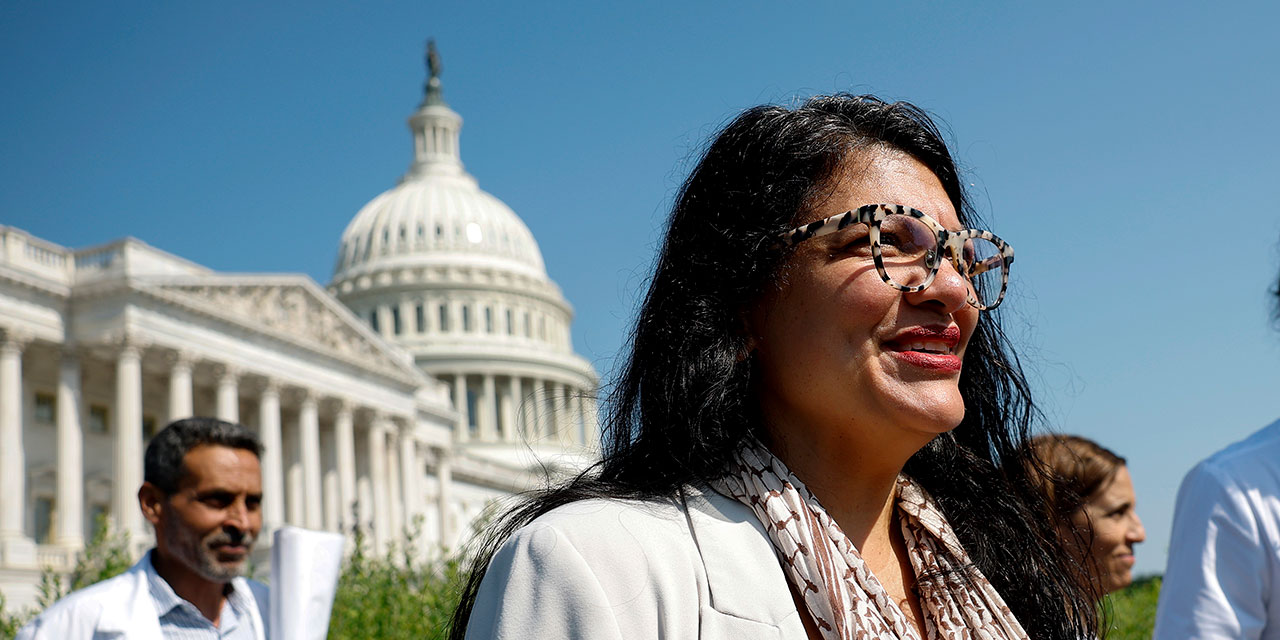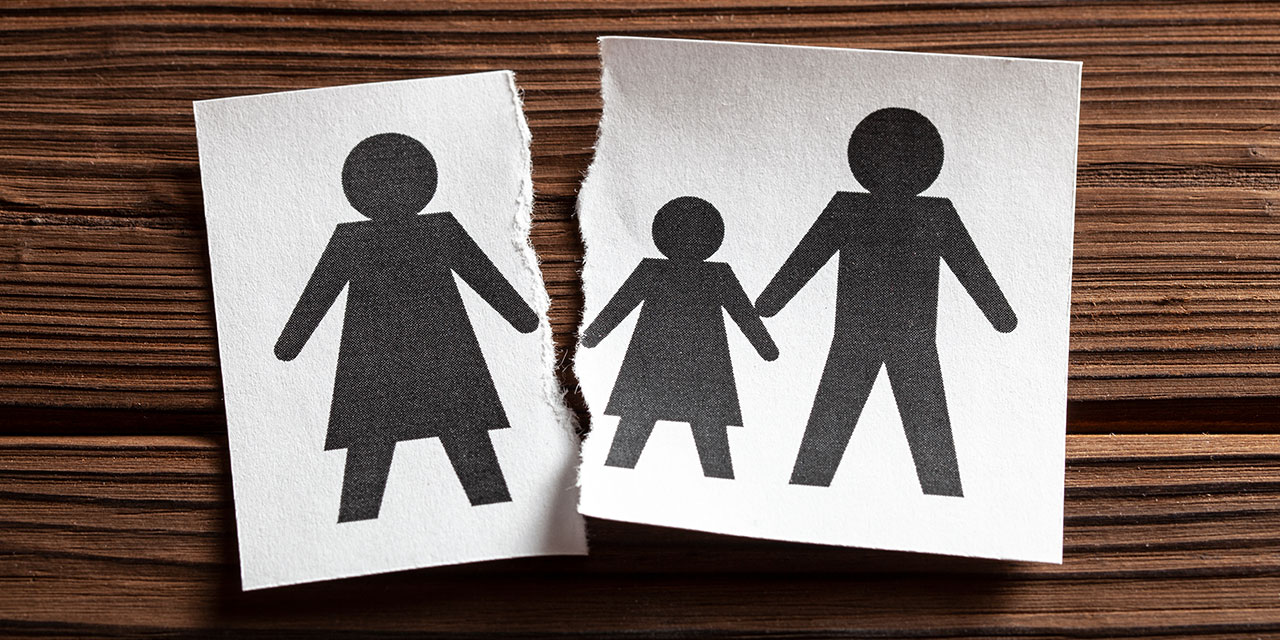Be sure to receive our expert commentary on racial preferences and other issues. Sign up for the City Journal newsletter today.
Read more of our affirmative action and preferences coverage here.
Finally, a reason to check your email.
Sign up for our free newsletter today.
There is a cost to attaining diversity via racial preferences in admissions—but what is the benefit? In recent oral arguments on affirmative action before the Supreme Court, Justice Clarence Thomas repeatedly asked for specifics about diversity’s educational value. But research on whether racial diversity makes any difference in educational quality is either weak or methodologically flawed. The current emphasis on diversity appears to be little more than a means of sidestepping previous Supreme Court rulings on using race in admissions by conflating two distinct concepts: the demographic ratios of a student body and the educational benefits of diversity.
It’s worth examining the meaning of the word “diversity” in the context of college admissions. My Manhattan Institute colleague Renu Mukherjee has shown that at Harvard, little viewpoint diversity exists—the very type of diversity that has been shown to enable creative problem-solving, among other benefits. In fact, as Mukherjee noted, fewer than half of Harvard students polled felt comfortable expressing dissenting views during class.
At highly selective colleges, achieving diversity in practice often means enforcing an artificial cap on Asian enrollment in favor of admitting less-qualified applicants of “underrepresented” races. Admissions officials do this by giving eye-popping advantages to applicants just for being born as one of the favored races in an increasingly unpopular and legally contested policy known as affirmative action. In his expert witness testimony against Harvard, economist Peter Arcidiacono estimated that an Asian male with a 25 percent chance of admission would have a 95 percent chance if he could just check the “African-American” box instead. Nothing else about him would have to change to receive these dramatically improved odds. This type of disparate treatment based on race is all too common in elite college admissions.
One can find little evidence for the educational benefits of diversity that isn’t based on self-reported attitudes. Survey responses show that students believe diversity increases cultural awareness and improves their satisfaction with their college experience. However, one study that correlated student and faculty opinions on school quality with diversity levels (rather than asking directly how survey participants feel about diversity) found that diversity and school quality are inversely correlated: “As the proportion of black students enrolled at the institution rose, student satisfaction with their university experience dropped, as did assessments of the quality of their education, and the work efforts of their peers.” The same study also found that increased diversity brought “increased perceptions of personal discrimination among students.” When measured objectively on tasks such as word memorization or solving math problems, interracial pairs perform measurably worse than same-race pairs. One study did find that having a white roommate benefitted black students’ GPA, but found no equivalent benefit for white students with black roommates. Another study found that diversity had measurable positive effects on critical thinking, but the researchers defined “diversity” as having a different political, religious, or national background, not a different skin tone. Unfortunately, elite institutions appear much less interested in promoting political diversity.
More to the point, there is zero evidence that maintaining a precise racial distribution benefits students. The racial mix of Harvard students has remained steady, within a few percentage points, over the past 30 years, despite demographic changes in the nation’s college-aged students. How would it affect educational quality if Harvard’s student body went from 14 percent black to 10 percent black (the result of one possible race-neutral admissions simulation)? Is Harvard’s avoiding this drop such a compelling state interest that it justifies racial discrimination? At CalTech University, which does not engage in affirmative action, 6 percent of current undergraduates are black, and 22 percent are Hispanic, but every student has proven that he has the academic wherewithal to succeed there. Some may argue that CalTech lacks diversity, but they are unlikely to produce sound evidence that this negatively affects the quality of a CalTech education.
A more precise term for what Harvard and UNC are engaging in is “racial balancing.” Don’t let them fool you by dancing around it with empty terms like the “value of diversity.” It should concern anyone interested in a society in which all members are treated equally under the law that lawyers for Harvard and UNC are unable to name a metric or specific set of circumstances that would render racial preferences in admissions unnecessary. The goal of these school’s admissions officials appears to be the achievement of a particular racial mix, despite the dearth of evidence that any specific racial proportion produces educational benefits. Justice Thomas is right to question the wisdom of letting the discriminators decide whether racial discrimination is necessary.
Photo by Pat Greenhouse/The Boston Globe via Getty Images




